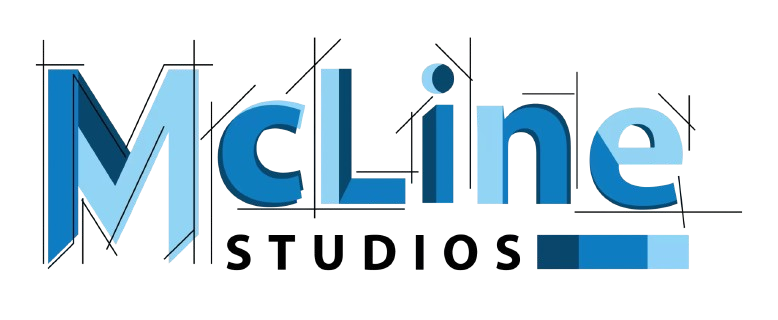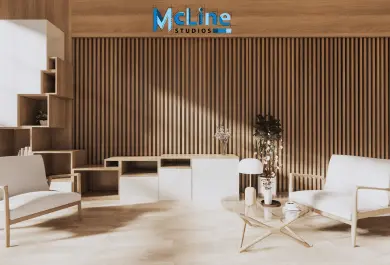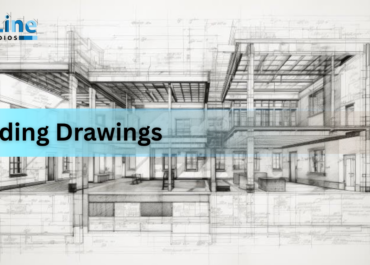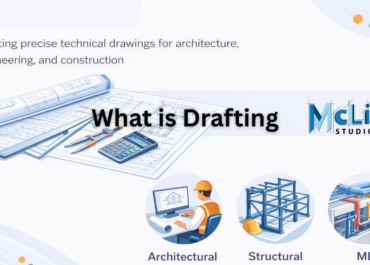FF&E drawings, also known as Furniture, Fixtures, and Equipment drawings. These drawings are the unsung heroes of interior design and construction projects.
These detailed visual blueprints map out the placement of every movable item within a space, from the cozy armchair in the living room to the high-tech equipment in a commercial kitchen.
FF&E drawings eliminate that guesswork, ensuring that every piece fits perfectly, both spatially and functionally. They help architects, designers, contractors, and clients to align their visions and bring spaces to life.
But these drawings aren’t just practical tools; they’re also the first glimpse into the finished product. They allow stakeholders to visualize the final design, identify potential issues early on, and make informed decisions that save time, money, and headaches down the line.
Let’s explore FF&E drawings in detail.
What Are FF&E Drawings?
FF&E drawings, standing for Furniture, Fixtures, and Equipment drawings, are detailed plans used in interior design and architecture to specify the placement and installation of these elements within a space.
These drawings provide a comprehensive visual guide that includes dimensions, materials, and finishes for each piece of furniture, fixture, and equipment. They are crucial for ensuring that all elements are accurately placed and meet the design intent.
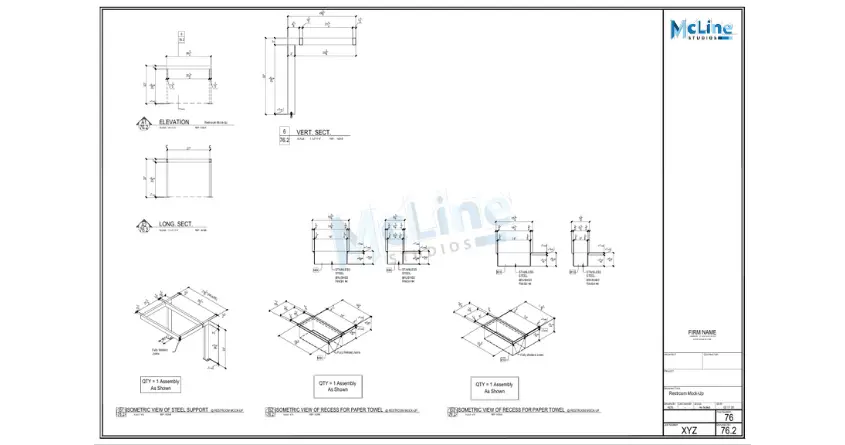
These drawings often accompany the larger architectural plans and are essential during the construction and installation phases. FF&E drawings ensure that everything fits correctly and adheres to the overall design aesthetic and functional requirements.
They include detailed layouts of furniture arrangements, specifications for light fixtures, and locations for equipment such as kitchen appliances or office hardware.
Importance Of FF&E Drawings
FF&E (Furniture, Fixtures, and Equipment) drawings are essential documents in architectural and interior design projects.
They play a critical role in ensuring the successful execution of design concepts and the functional operation of a space. Here are several key reasons highlighting their importance:
- Detailed Specification: FF&E drawings provide precise details about the furniture, fixtures, and equipment to be used in a project. This includes dimensions, materials, finishes, colors, and placement. These specifications ensure that all stakeholders, including designers, contractors, and clients, have a clear understanding of the design intent and the specific items to be procured.
- Coordination and Integration: These drawings facilitate coordination between the various trades involved in the construction and installation process. They clearly indicate the placement and specifications of FF&E items, helping to integrate these elements with the architectural and mechanical systems. This avoids potential conflicts and ensures a seamless fit.
- Budget Management: Accurate FF&E drawings aid in preparing detailed budgets and cost estimates. They specify exact items and quantities, which facilitates better financial planning and control, thereby reducing the risk of cost overruns due to changes or omissions.
- Quality Assurance: They serve as a benchmark for quality control during the procurement and installation phases. Contractors and suppliers can refer to these drawings to ensure that the products delivered and installed meet the required standards and specifications.
- Space Planning and Functionality: FF&E drawings are crucial for effective space planning. They help designers visualize the arrangement of furniture and equipment within a space, ensuring optimal flow, functionality, and aesthetic appeal. Proper planning can enhance the usability and comfort of the space for its intended purpose.
Components Of FF&E Drawings
FF&E drawings are an essential part of architectural and interior design projects.
They detail the placement, specifications, and installation requirements for all movable furniture, fixtures, and equipment within a space. Here are the important components of FF&E drawings:
- Furniture Layout Plan: This plan shows the precise location of all furniture items within a space. It includes dimensions and spacing to ensure proper placement and functionality.
- Equipment Layout Plan: Similar to the furniture layout, this plan details the placement of all equipment, such as computers, printers, and kitchen appliances, indicating their exact positions and any necessary connections.
- Fixture Plan: This component highlights the location and specifications of fixed fixtures like lighting, plumbing fixtures, and built-in cabinetry, ensuring they align with the overall design.
- Schedules: Schedules provide detailed information about each item listed in the drawings. This includes product codes, dimensions, materials, colors, finishes, and manufacturer details, ensuring accurate procurement and installation.
- Elevations: Elevation drawings show the vertical arrangement of elements within a space, such as wall-mounted fixtures, shelving, and artwork. They help visualize how items will appear on the walls.
- Details and Sections: These drawings provide detailed views of complex items or assemblies, showing how different components fit together. They are crucial for custom furniture and intricate installations.
- Electrical and Data Plans: These plans indicate the location of electrical outlets, data ports, and other necessary connections for equipment. They ensure that power and data infrastructure align with the furniture and equipment layout.
- Finishes and Material Specifications: This section details the finishes and materials for all FF&E items, including fabrics, wood types, paint colors, and surface treatments. It ensures consistency in the aesthetic and quality of the items used.
The Key Takeaways
In short, FF&E drawings are like detailed maps for interior design and building projects. They show exactly where every piece of furniture, fixture, and equipment should go in a space.
These drawings help everyone involved, from designers to builders, understand the plan and make sure everything fits and works well together. They’re crucial for avoiding mistakes, sticking to budgets, and keeping the quality of the project high. Plus, they make sure the space is easy to use and looks great when it’s finished.
Overall, FF&E drawings are super important because they turn design ideas into real-life spaces in the smoothest, most accurate way possible. They’re like the secret ingredient that makes sure everything comes together just right.
